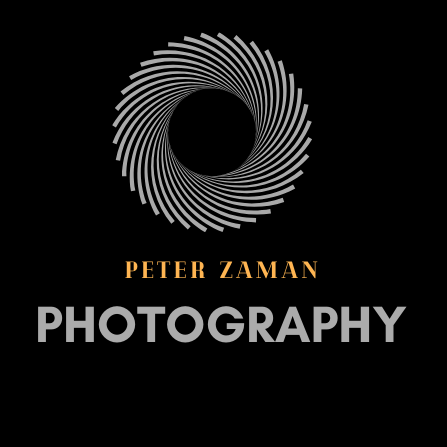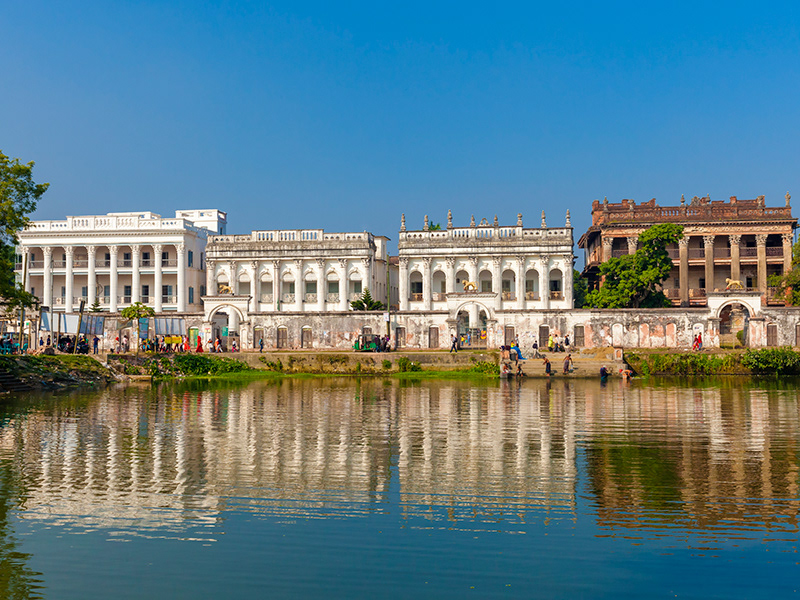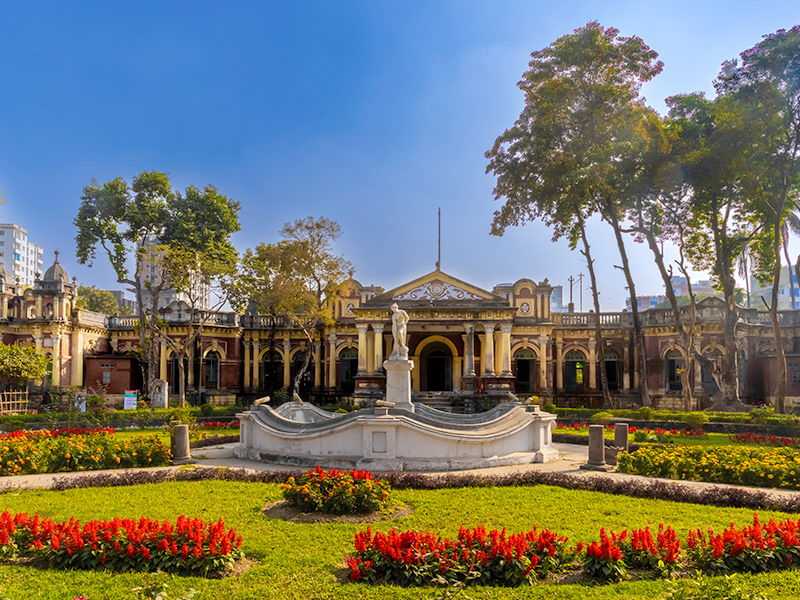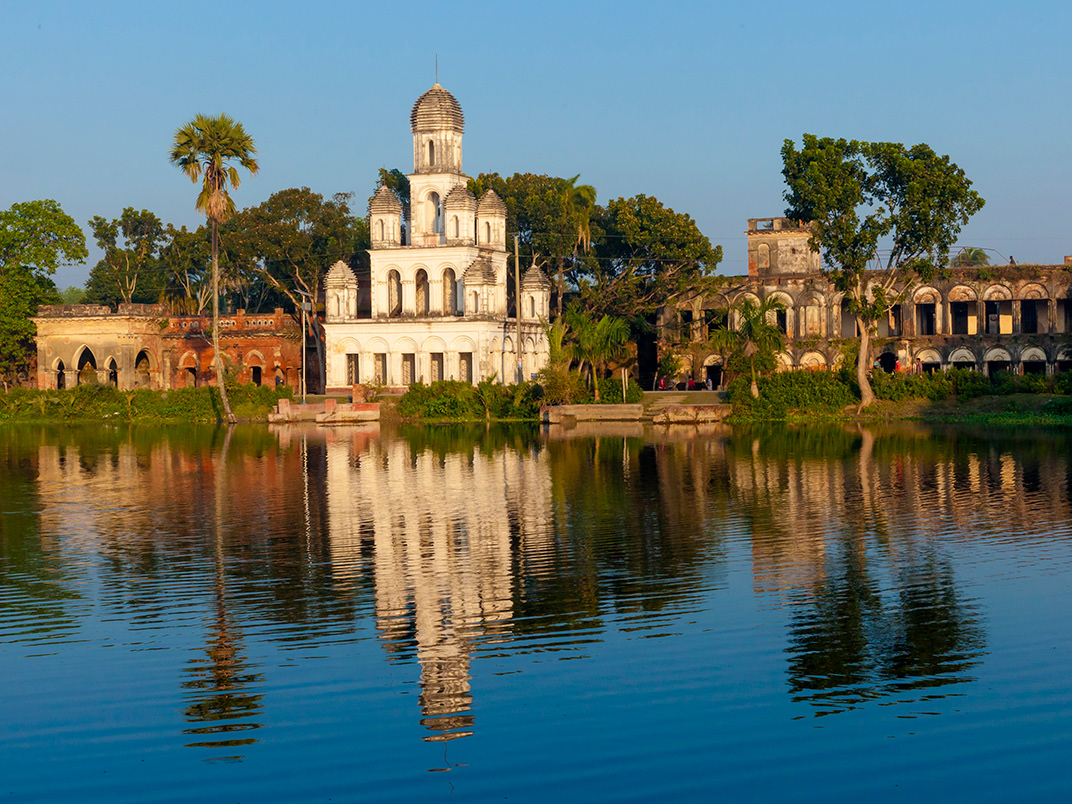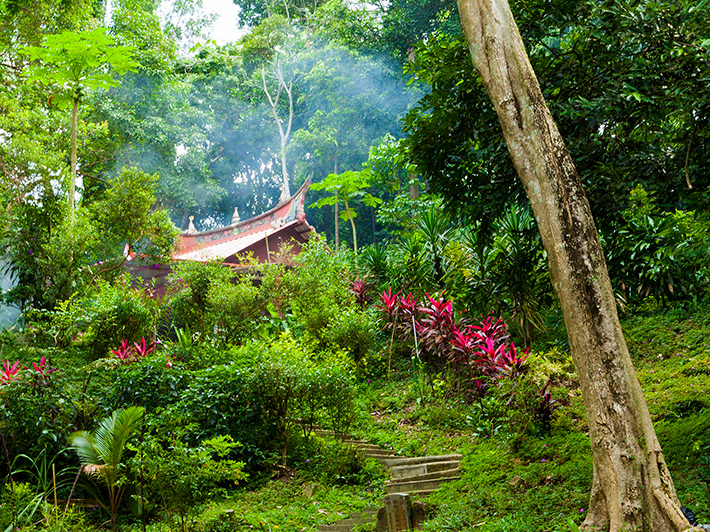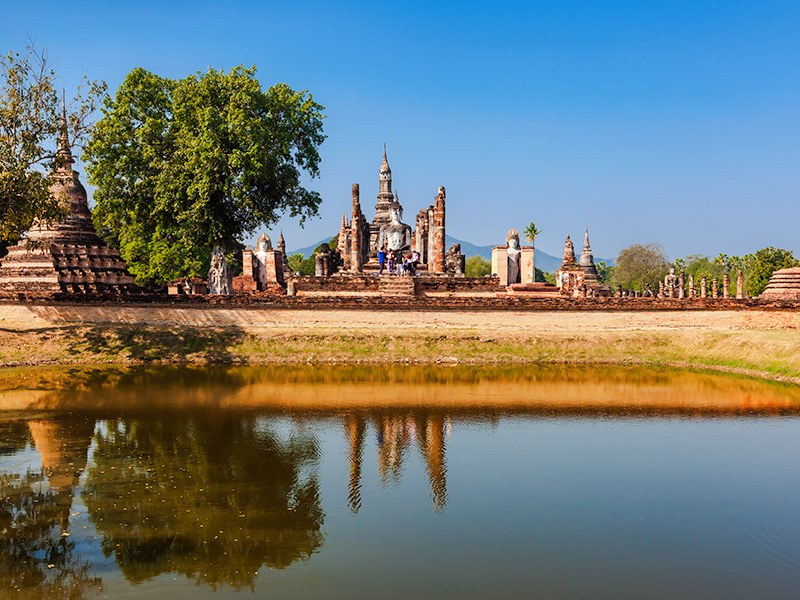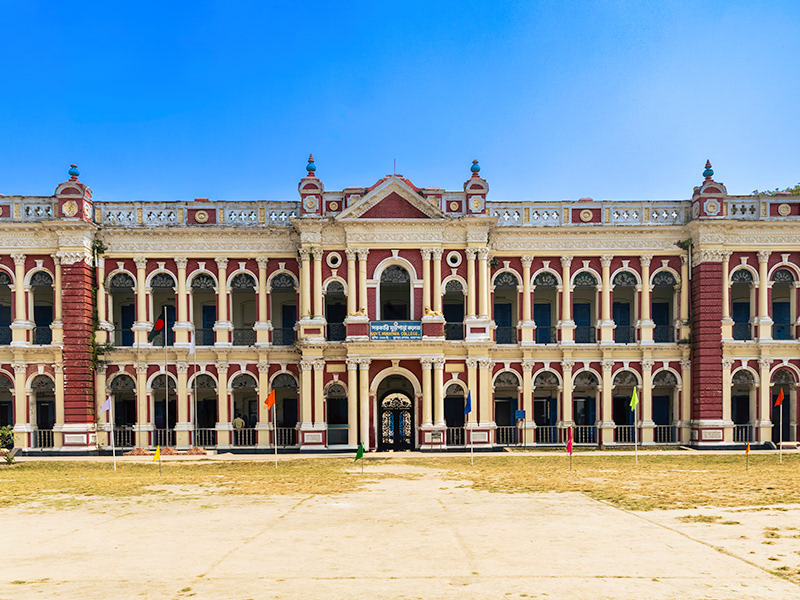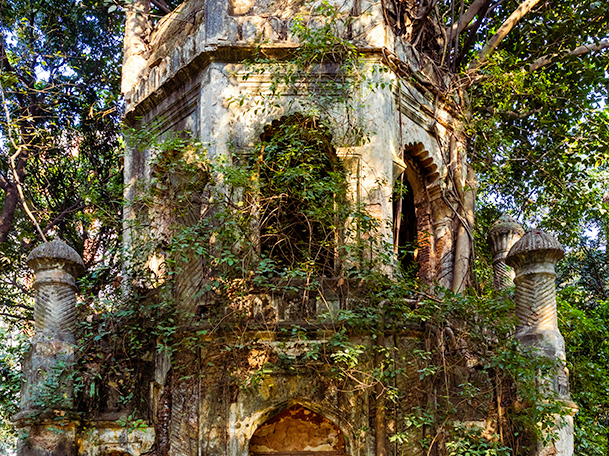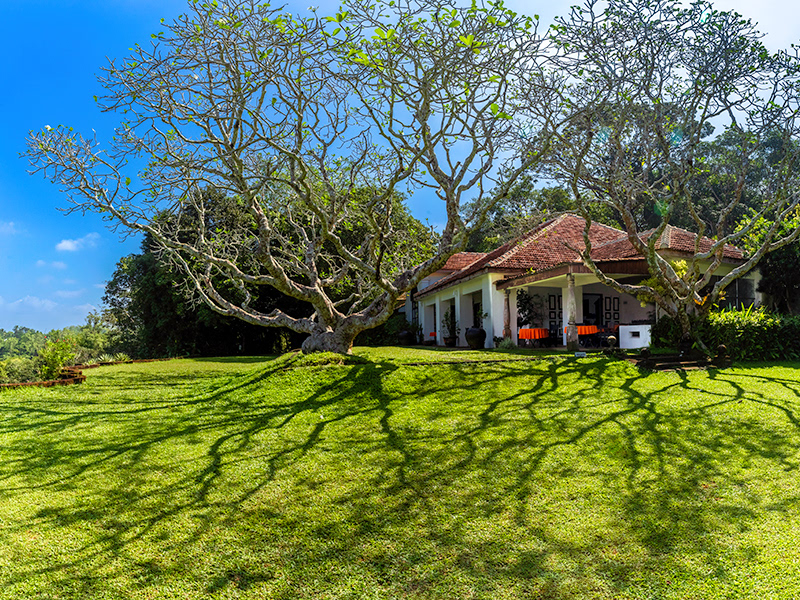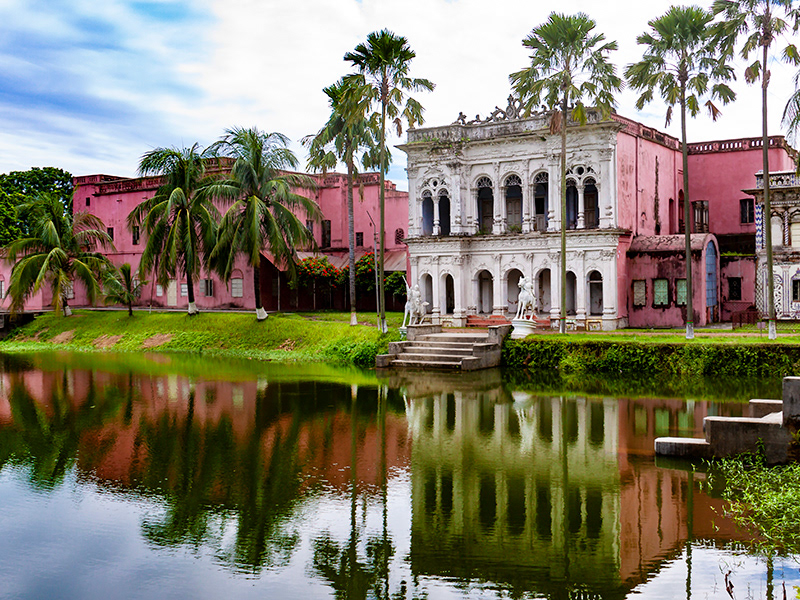The popularity of Angkor Wat as a place to visit cannot be underestimated. Approximately, 1 million tourists visit the temples in and around Siem Reap, Cambodia. The most popular are easily identifiable and known – Bayon, Angkor Wat, Angkor Thom and, of course, the ‘Tomb Raider’ temple of Ta Prohm.
Ta Prohm is beautiful and made incredibly popular by Angelina Jolie’s first Tomb Raider film, shot on location in 2000 and released in 2001. One guide book describes it as “left to be swallowed by the jungle, and looks very much the way most of the monuments of Angkor appeared when European explorers first stumbled upon them.” However, the reality is that there the jungle has been groomed and only the largest trees have been retained. The others have been removed to provide greater tourist ease of access. As such, this is a controlled ruin. I love Ta Prohm and I would never suggest that any one miss it when visiting Angkor but if, like me, you were really looking for a real lost temple experience in Cambodia, then please do read on.
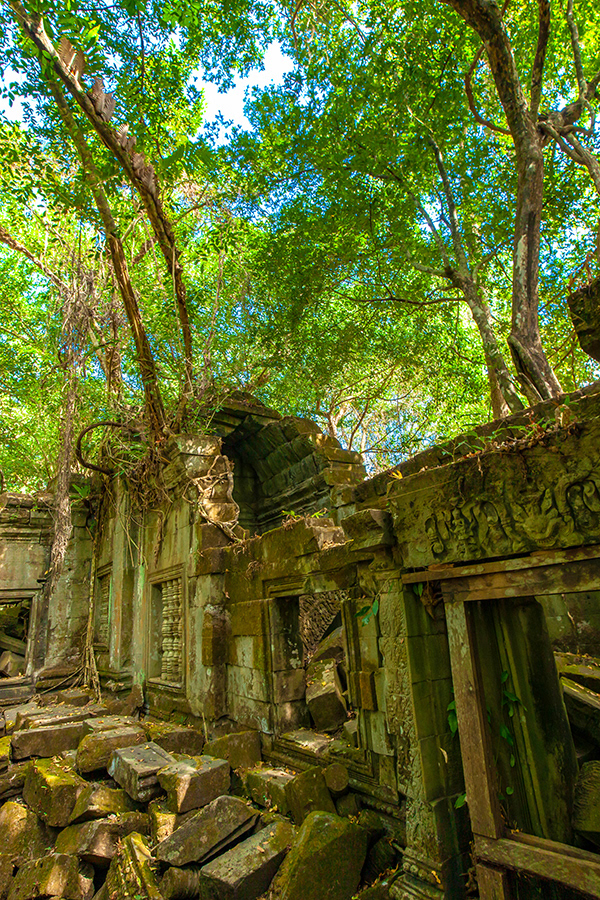
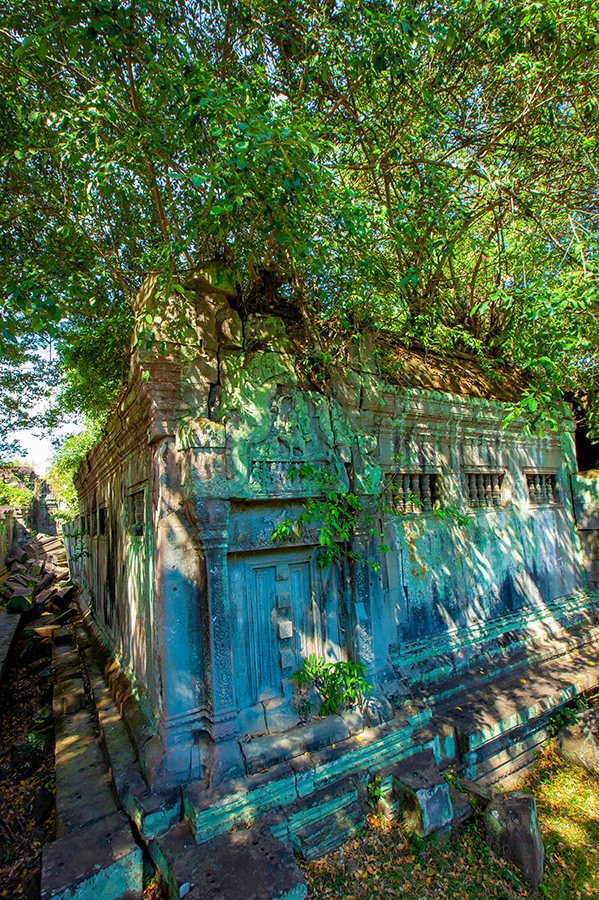
About 1.5 hours’ drive (70km) from Siem Reap are the ruins of Beng Mealea. ‘Beng Mealea’ is a Khmer word meaning “lotus pond”. Not a huge amount is known about this complex other than it was constructed after Angkor Wat, probably during the mid-12th century. There isn’t even any certainty about who built it which merely adds to it mystery (although one guide book states that it was built by Suryavarman II). It was opened to the public in 2003.
The temple complex is not easy to navigate and is definitely not for people with disabilities or limited mobility. To access the various internal chambers and temple areas there are narrow wooden walkways and wooden steps which are not wide enough for two people to walk side by side. This causes a number of challenges, particularly if people don’t follow a one-way system. In these days of bus tours, where 40-50 tourists arrive in a group and follow their tour guide, enjoying the sights of Beng Mealea can be quite challenging. The solitude and spirituality of the place can really only be enjoyed when the hoards have left or by getting there before the hoards arrive. Early morning, lunch time or late afternoon are probably the better times. Chinese New Year should be avoided at all costs. The narrow walkways also make photography with a tripod difficult. Even using a monopod is difficult because the wooden planks shake when people are walking by. To photograph, particularly when it's busy, I would recommend using a handheld camera with a high ISO to avoid camera shake or motion blur.
Putting the practicalities aside, as a complex, I found it beautiful. Visiting Beng Mealea gave me a sense of what Ta Prohm must have looked like before it was sanitised, manicured and restored. As the photos show, there are rocks and stones strewn around everywhere and there hasn’t been an attempt to restore the chambers and rooms that have collapsed. The ruins are truly just that. The grandeur of the place is nonetheless clearly visible from the few large structures that are still standing. There is a particular dark gallery through which one passes to get from one side of the temple to the other and, as an example of how authentic the experience remains, there are no lights by which to navigate this tunnel. Of course, all of our phones are torches these days, so everyone manages.
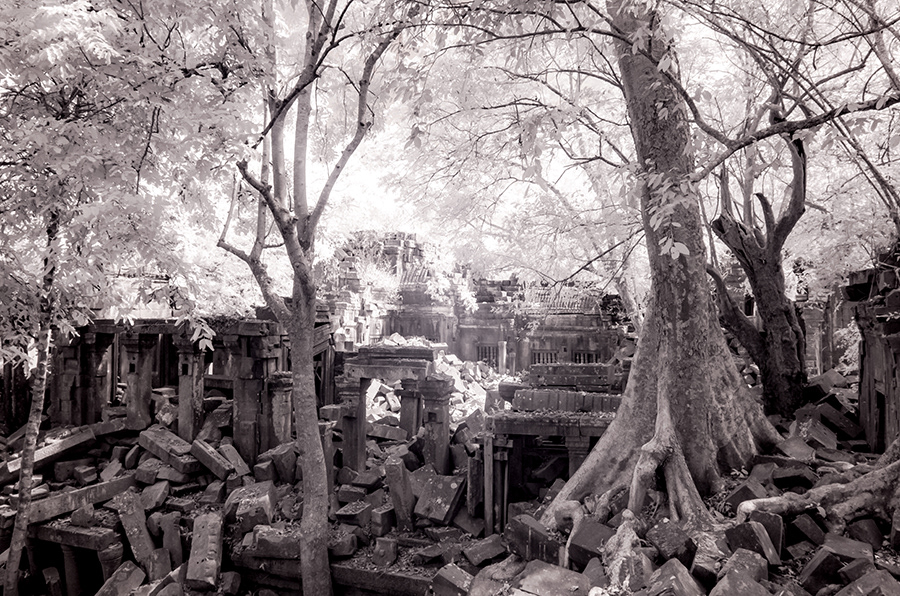
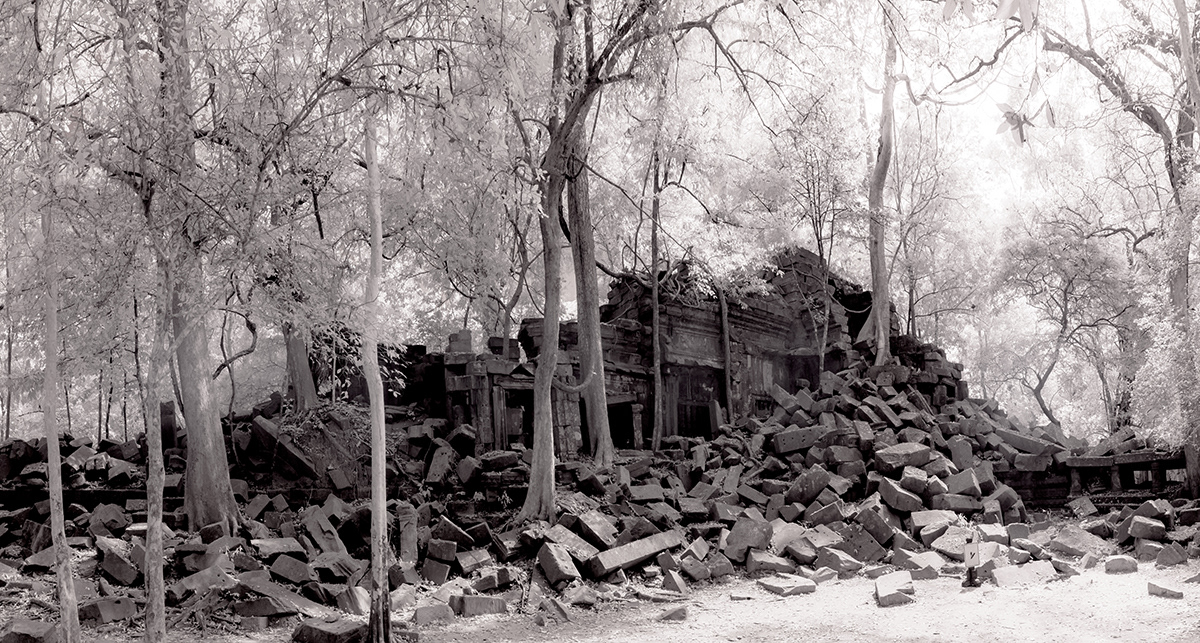
Among the remaining structures, the South Eastern Library and the North Eastern Library are very photogenic. One of the central towers was blown up during the Khemer Rouge period in a search for treasure. The huge pile of stones with a large tree growing on top of the pile is not particularly photo worthy but the size of the pile (about 20 ft high) teases the imagination.


Image on the right: The South-Eastern Library
Location: To get there go via Dam Dek, located on NH6 about 37km from Siem Reap in the direction of Phnom Penh. Turn north immediately after the market and continue for 31km. The entrance to the temple is after the left-hand turn to Koh Ker.
